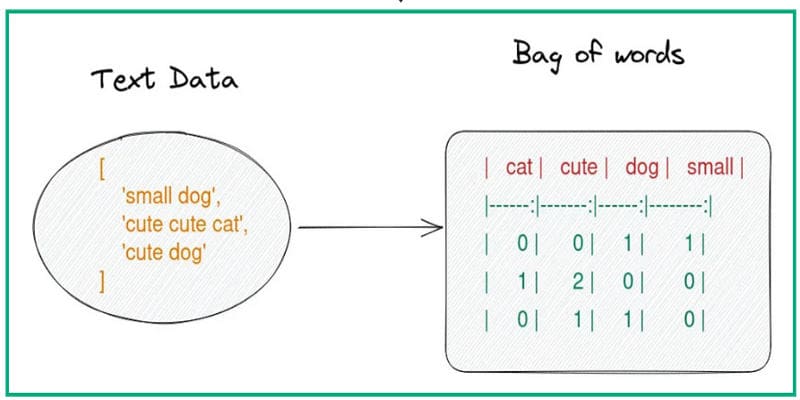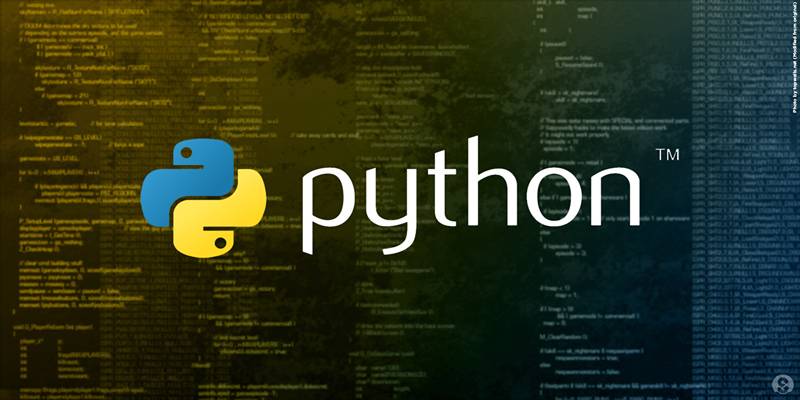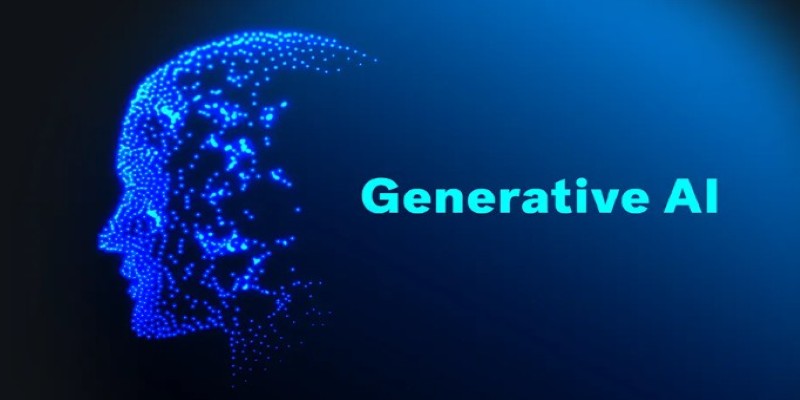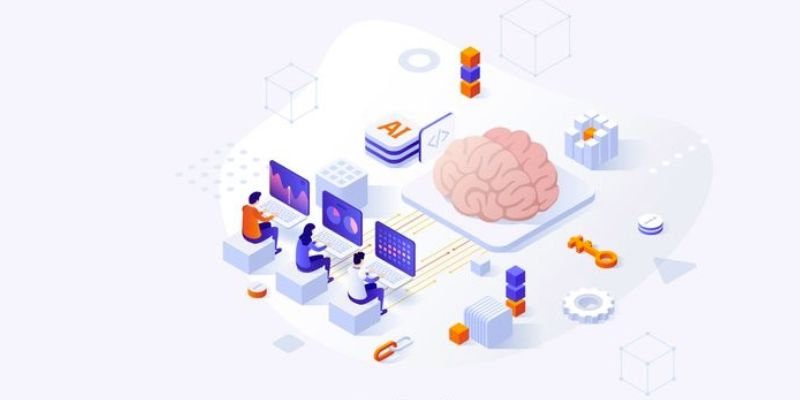The present generation of machines interacts with the world through multimodal generative AI which produces unified outputs from text alongside images and audio along with video and sensor data. Modern healthcare diagnostics and immersive entertainment benefit from this technology because it builds connections across different human senses to support breakthrough innovation. Investigation of multimodal generative AI and its industrial applications and future prospects as well as technological barriers occurs through detailed evaluation below.
Understanding Multimodal Generative AI
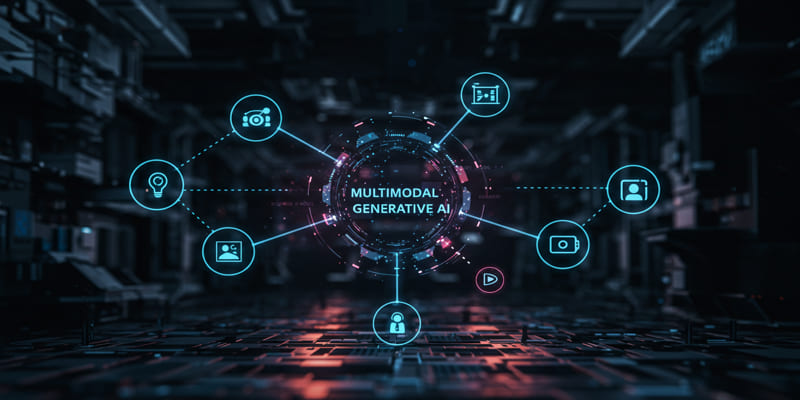
Generative AI which functions multimodally generates outputs that incorporate various datasets according to situational contexts. The contrast between single-source systems such as GPT and DALL-E exists through multi referenced modalities which build accuracy and creativity simultaneously. For example:
The model enables voice command processing to create both visual mountain sunset renditions along with poetic descriptions.
Medical scans connected with patient histories allow contextual synthesis to anticipate disease growth.
Industry-Specific Applications
1. Healthcare: Precision Medicine and Beyond
The combination between various AI systems for diagnostic techniques and treatment methodologies and patient support systems continues to transform healthcare services.
- The cancer detection system created by Google named LYNA uses pathologic tissue examination together with genomic datasets to discover breast cancer metastasis with 99% precision thus lowering the rate of false negative diagnoses.
- Voice tone monitoring together with text analysis allows Woebot to identify emotional cues of depression or anxiety so it can provide immediate behavioral therapy support.
- Through Atomwise drug development becomes faster by combining molecular interaction simulations that use chemical structures with clinical trial data.
- The advancement of AI healthcare applications relies on multimodal systems which unite imaging outcomes with genomics data along with patient medical records.
2. Marketing: Hyper-Personalized Campaigns
Brands adopt multimodal artificial intelligence systems to develop immersive experiences which drive their operations through data analysis.
- The Magic Design tool from Canva transforms written instructions into specialized marketing content that meets audience profile requirements besides generating visual and video materials and social media posts.
- AI analyzes text reviews and visual unboxing videos and audio conversations from call centers to detect what customers dislike so products can be updated.
- AI tool Synthesia uses multimodal models to generate digital influencers whose realistic videos contain automatic translation capabilities for international marketing tools.
3. Autonomous Systems: Safer Navigation

- Multi-modal AI systems operating through the vehicle perform real-time decision functions in order to function properly.
- The Full Self-Driving System of Tesla utilizes camera data combined with both ultrasonic sensors and GPS information to create predictions about pedestrian movement patterns and choose optimal navigation paths.
- Agricultural drone systems evaluate multispectral crop images accompanied by soil moisture information and meteorological data for optimized irrigation planning which leads to a 20–30% yield increase.
- The warehouse robot Proteus operates at Amazon makes use of LiDAR together with computer vision to move through facilities without interfering with personnel.
4. Education: Adaptive Learning Ecosystems
- The implementation of multi-modal AI makes education delivery possible on a large scale through personalized learning solutions.
- The Duolingo Max enhancement combines GPT-4 capabilities to identify grammar problems through textual explanations and creates conversational AI practices between digital characters.
- Students access virtual chemistry experiments through Labster’s Virtual Labs within VR to receive dynamic feedback from AI tutors who evaluate their movements and their quiz answers in real time.
- Users can engage with historical persons through Hello History by speaking to AI versions of famous figures whose appearances and spoken dialogues closely follow the time period.
5. Customer Support: Omnichannel Assistance
- AI-powered support platforms respond to requests with speed due to automated capabilities.
- Through its AI system IKEA evaluates images provided by customers regarding product assembly difficulties before adding virtual direction arrows through AR technology.
- Bank customers can use Erica from Bank of America to make voice-based requests for transactions while viewing confirmation screens.
- The AI engine from Cogito detects agent emotions during phone support to offer helpful responses that stop clients from leaving.
6. Manufacturing: Smart Factories
- Multimodal AI enhances factory production lines together with quality management processes through optimization
- Siemens employs AI to assess machinery vibration patterns combined with thermal imaging data and maintenance logs enabling it to forecast equipment failures up to seven days beforehand.
- The systems at Foxconn combine 3D scans with CAD models for iPhone casing quality control to reach 99.9% accuracy in defect detection.
- The collaborative robot YuMi by ABB functions through gesture detection alongside natural command processing to support electronic assembly operations.
7. Accessibility: Inclusive Design
Multimodal AI breaks barriers for users with disabilities:
- The SignAll sign language technology uses depth cameras together with natural language processing along with text and speech output to interpret American Sign Language gestures.
- Microsoft integrates Seeing AI app with cognitive assistance to help visually impaired people receive real-time descriptions of objects and text and face recognition.
Through Brain-computer interfaces such as Neuralink users send neural signals from their brains which Neuralink translates into robotic limb operation commands.
8. Entertainment: Immersive Storytelling
- The creative advancement of art depends on creators who utilize multimodal AI techniques.
- Runway ML takes video editing to a new level with its text-based commands which allow users to request cyberpunk aesthetics with synthwave audio tracks.
- Through its Avatar Cloud Engine technology NVIDIA enables non-player characters to handle voice commands naturally with realistic facial expressions matched to their dialogue responses.
Through Jukebox OpenAI synthesizes new songs matching the characteristics of particular artists after analyzing song lyrics and musical melodies while using metadata from the artist's genre.
Challenges and Ethical Considerations
Technical Hurdles
- Data Fusion has a major computational challenge as it needs to synchronize time-based data such as videos with their corresponding audio tracks.
- Models learn to produce discriminatory results from biased training data since they underrepresented minority populations within synthetic medical images.
Ethical Risks
Through DeepFaceLab technological manipulations enable users to generate counterfeit video content that interferes with political order and intrudes upon personal privacy rights.
The legal debates regarding art copyrights become active when artificial intelligence produces art from copyrighted materials such as Disney characters.
Future Trends
1. Human-AI Collaboration
AI systems working with multiple input modes will enhance human imagination capabilities instead of eliminating artistic skill. Designer productivity receives support from Adobe's Firefly through its ability to let users improve their prototypes by continuous modification of sketches and 3D models and mood boards.
2. Edge Computing
The Neural Engine from Apple allows real-time multi-modal interactions to take place on-device thus enhancing privacy protection especially for telehealth services.
3. Climate and Sustainability
Through the combination of satellite data and energy consumption information Google developed SolarMapper to create perfect solar farm designs that minimize greenhouse gas emissions.
Conclusion
The implementation of multimodal generative artificial intelligence represents an entire new approach for problem-solving technologies. Integrated datasets enable the discovery of better and more precise methods which also extend to both accuracy and inclusivity while fostering creativity.

